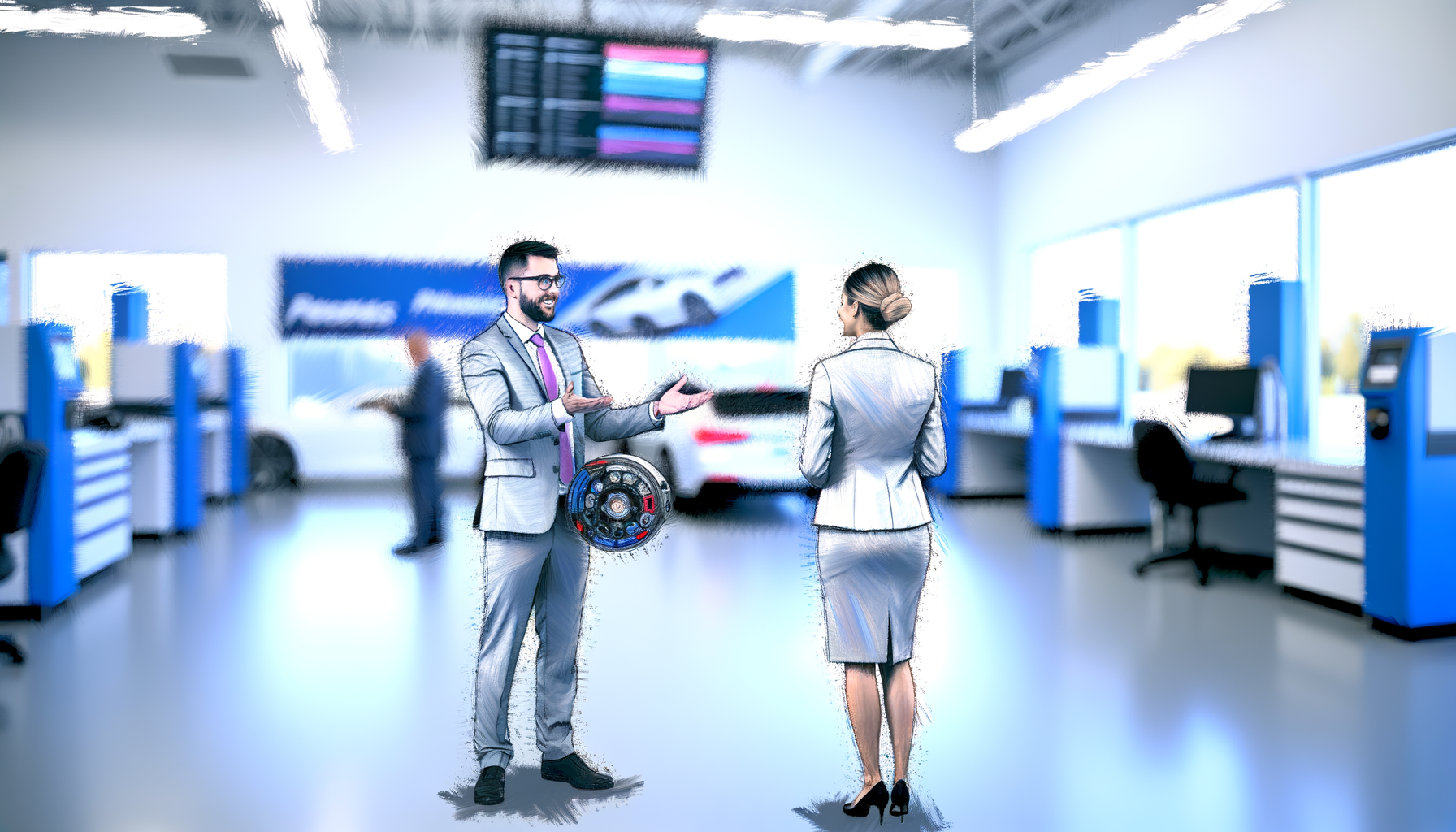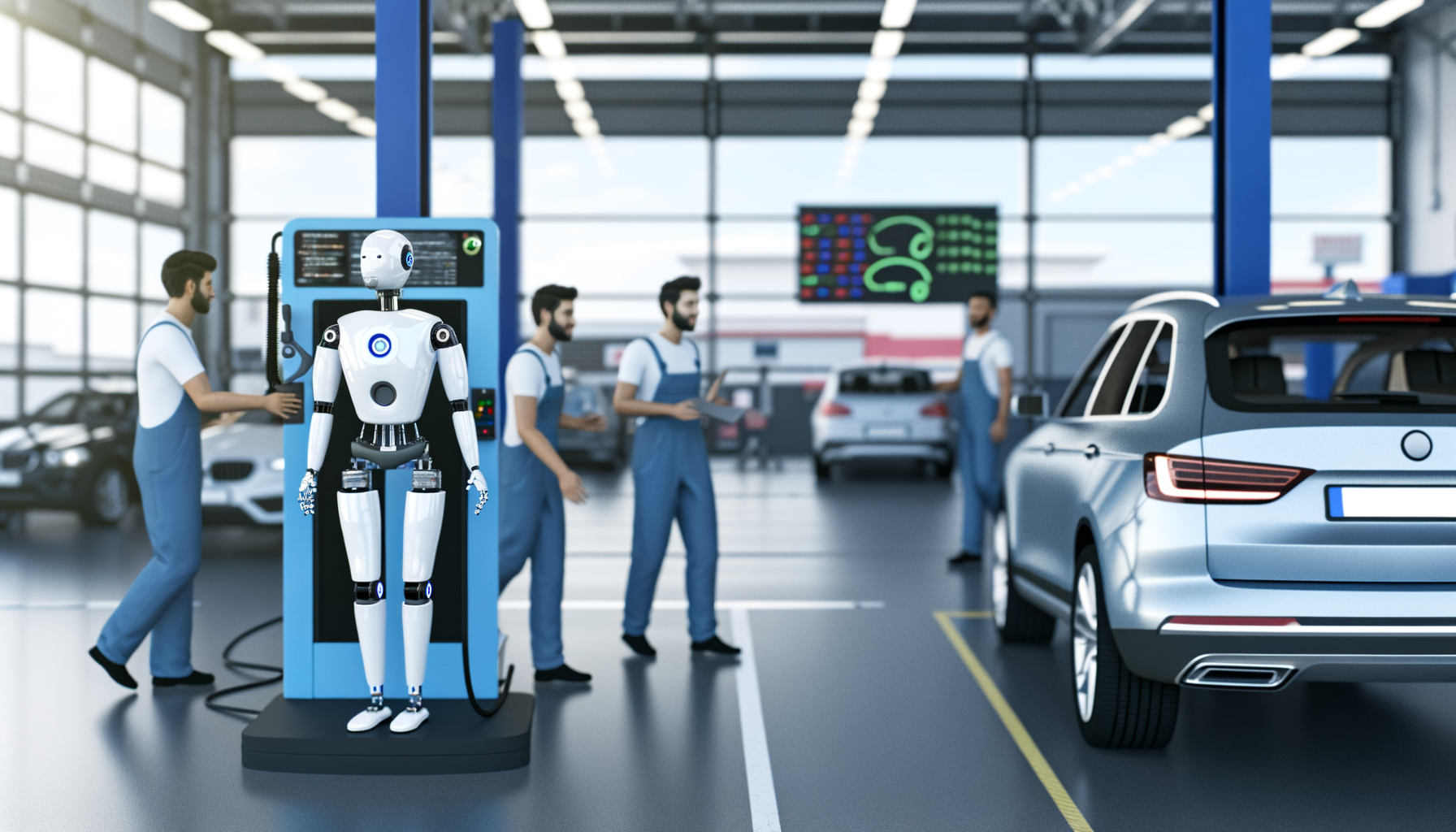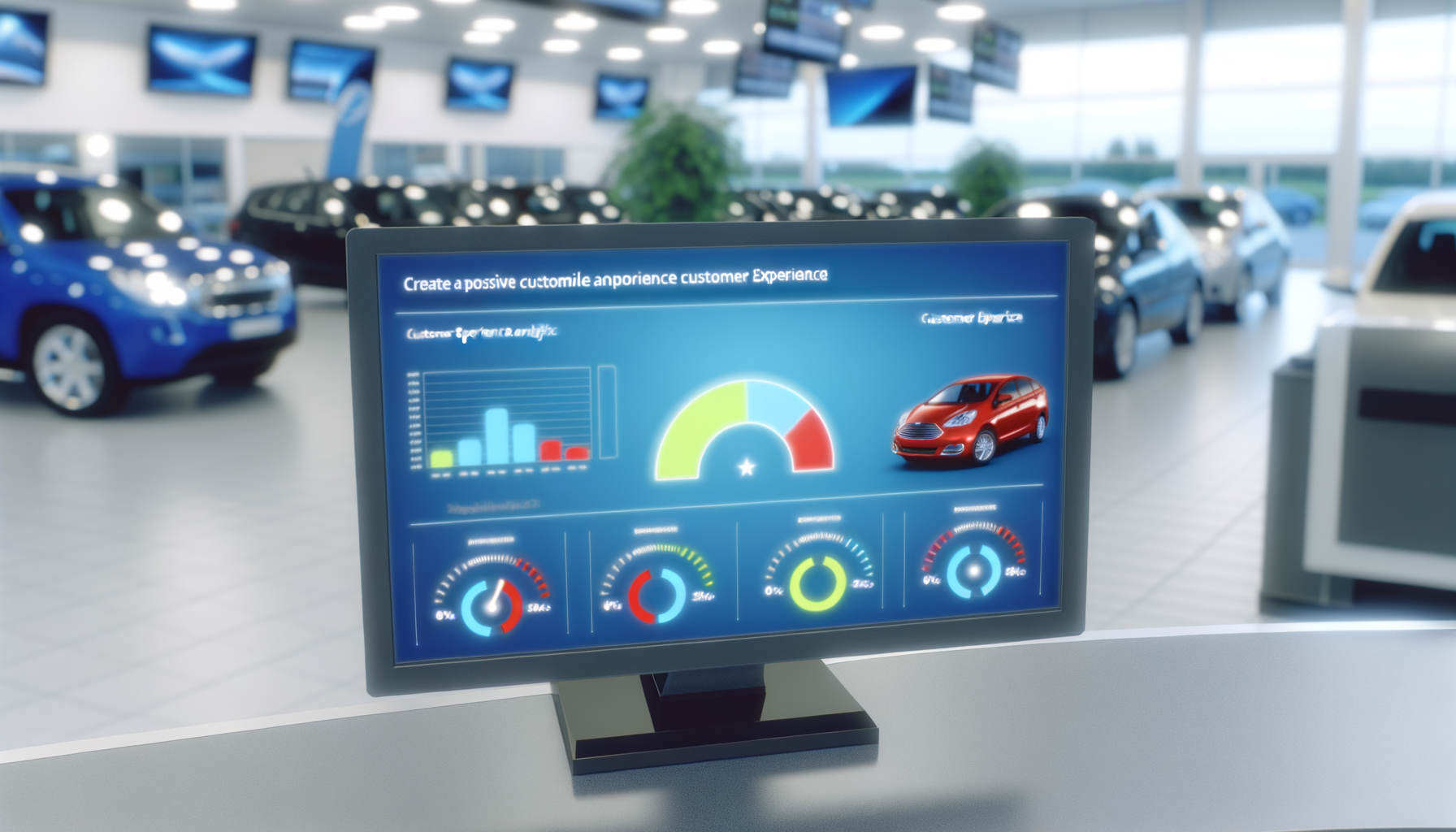Heartbeat of the Garage: Crafting Memorable Journeys for Every Customer

Understanding the Modern Customer

Today's customers value convenience, transparency, and personalized service. Dealerships must evolve to meet these expectations by offering seamless digital interactions and tailored experiences.
A recent study indicates that 68% of customers prefer scheduling service appointments online, highlighting the shift towards digital convenience.
To cater to these needs, dealerships should invest in robust customer relationship management systems that provide detailed insights into customer preferences and history.
Leveraging Technology for Enhanced Service

Automotive service departments are increasingly adopting AI and automation to streamline processes and enhance customer interactions.
For instance, AI-driven diagnostics tools can rapidly identify vehicle issues, reducing wait times and improving the accuracy of repairs.
Implementing an automated follow-up system ensures timely communication with customers post-service, reinforcing satisfaction and loyalty.
Building a Customer-Centric Culture

Cultivating a customer-first mindset requires a cultural shift within the dealership, starting from the top down.
Leadership must champion initiatives that prioritize customer experience and instill these values throughout the organization.
Regular team workshops and feedback sessions can empower employees to take ownership of the customer experience, fostering a more engaged and motivated workforce.
Training and Empowering Your Team

Continuous training equips service advisors with the skills needed to address customer concerns effectively and empathetically.
Incorporate role-playing exercises that simulate common customer interactions to build confidence and improve communication skills.
Encourage team members to pursue certifications and advanced training to stay abreast of the latest industry developments and customer service techniques.
Measuring and Analyzing Customer Experience

Tracking customer feedback is crucial for identifying areas of improvement and gauging the success of implemented strategies.
Utilize customer experience analytics tools to gather and analyze data on customer interactions and satisfaction.
Regularly review key performance metrics, such as Net Promoter Score (NPS) and Customer Satisfaction Score (CSAT), to measure progress and make data-driven decisions.
Handling Complaints Effectively

Even with the best strategies, complaints are inevitable. How they are handled can make or break customer loyalty.
Train staff to listen actively, empathize with the customer's situation, and offer practical solutions promptly.
Establish a clear escalation process to resolve issues that cannot be handled at the front-line level, ensuring customers feel valued and heard.
Related Topics
Ready to take your service department to the next level?
Schedule your demo today and experience the power of Auto Pro Solutions.
Schedule Demo